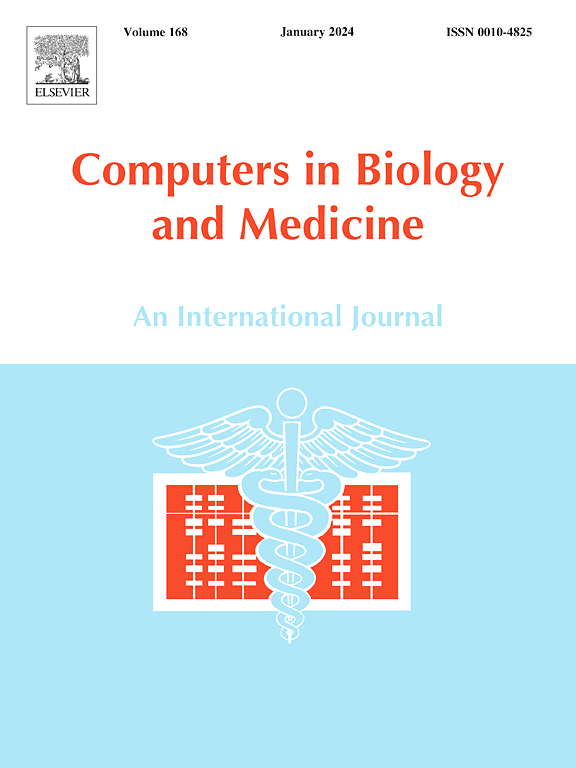Revolutionizing biological digital twins: Integrating internet of bio-nano things, convolutional neural networks, and federated learning
IF 7
2区 医学
Q1 BIOLOGY
引用次数: 0
Abstract
Digital twins (DTs) are advancing biotechnology by providing digital models for drug discovery, digital health applications, and biological assets, including microorganisms. However, the hypothesis posits that implementing micro- and nanoscale DTs, especially for biological entities like bacteria, presents substantial challenges. These challenges stem from the complexities of data extraction, transmission, and computation, along with the necessity for a specialized Internet of Things (IoT) infrastructure. To address these challenges, this article proposes a novel framework that leverages bio-network technologies, including the Internet of Bio-Nano Things (IoBNT), and decentralized deep learning algorithms such as federated learning (FL) and convolutional neural networks (CNN). The methodology involves using CNNs for robust pattern recognition and FL to reduce bandwidth consumption while enhancing security. IoBNT devices are utilized for precise microscopic data acquisition and transmission, which ensures minimal error rates. The results demonstrate a multi-class classification accuracy of 98.7% across 33 bacteria categories, achieving over 99% bandwidth savings. Additionally, IoBNT integration reduces biological data transfer errors by up to 98%, even under worst-case conditions. This framework is further supported by an adaptable, user-friendly dashboard, expanding its applicability across pharmaceutical and biotechnology industries.
求助全文
约1分钟内获得全文
求助全文
来源期刊

Computers in biology and medicine
工程技术-工程:生物医学
CiteScore
11.70
自引率
10.40%
发文量
1086
审稿时长
74 days
期刊介绍:
Computers in Biology and Medicine is an international forum for sharing groundbreaking advancements in the use of computers in bioscience and medicine. This journal serves as a medium for communicating essential research, instruction, ideas, and information regarding the rapidly evolving field of computer applications in these domains. By encouraging the exchange of knowledge, we aim to facilitate progress and innovation in the utilization of computers in biology and medicine.
 求助内容:
求助内容: 应助结果提醒方式:
应助结果提醒方式:


